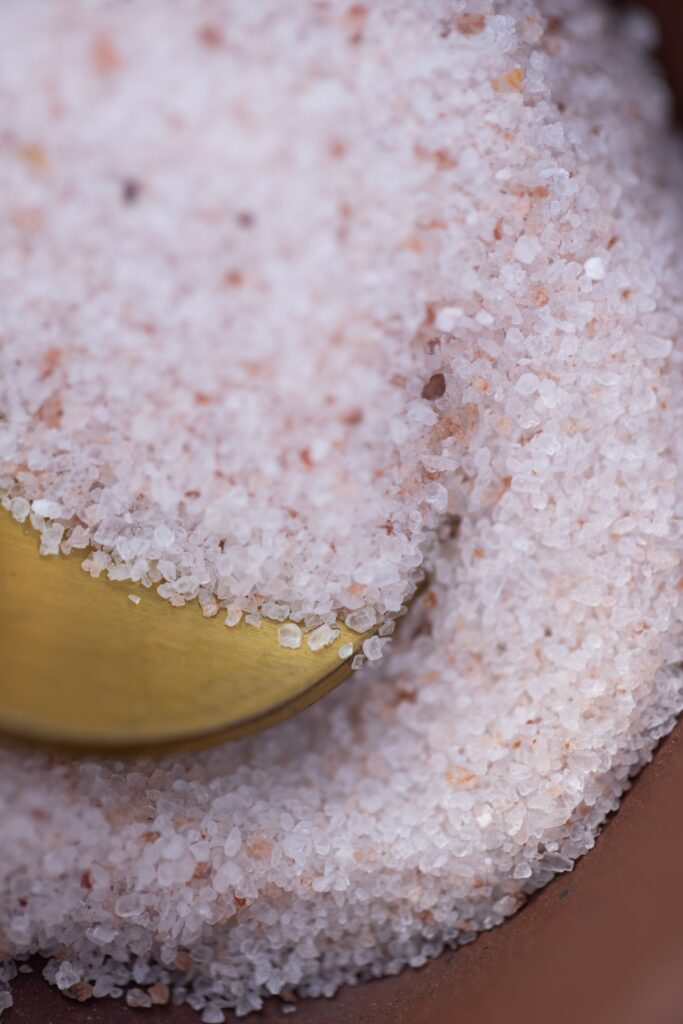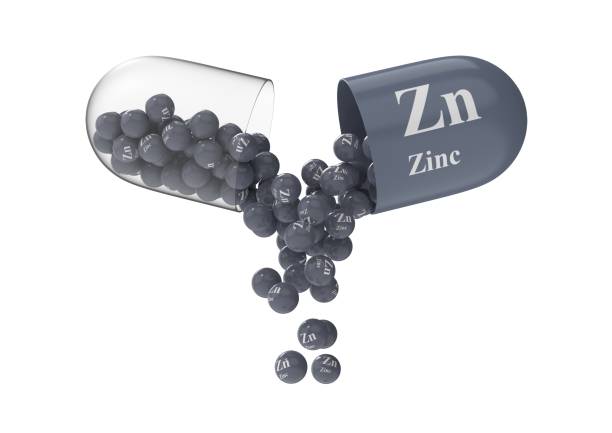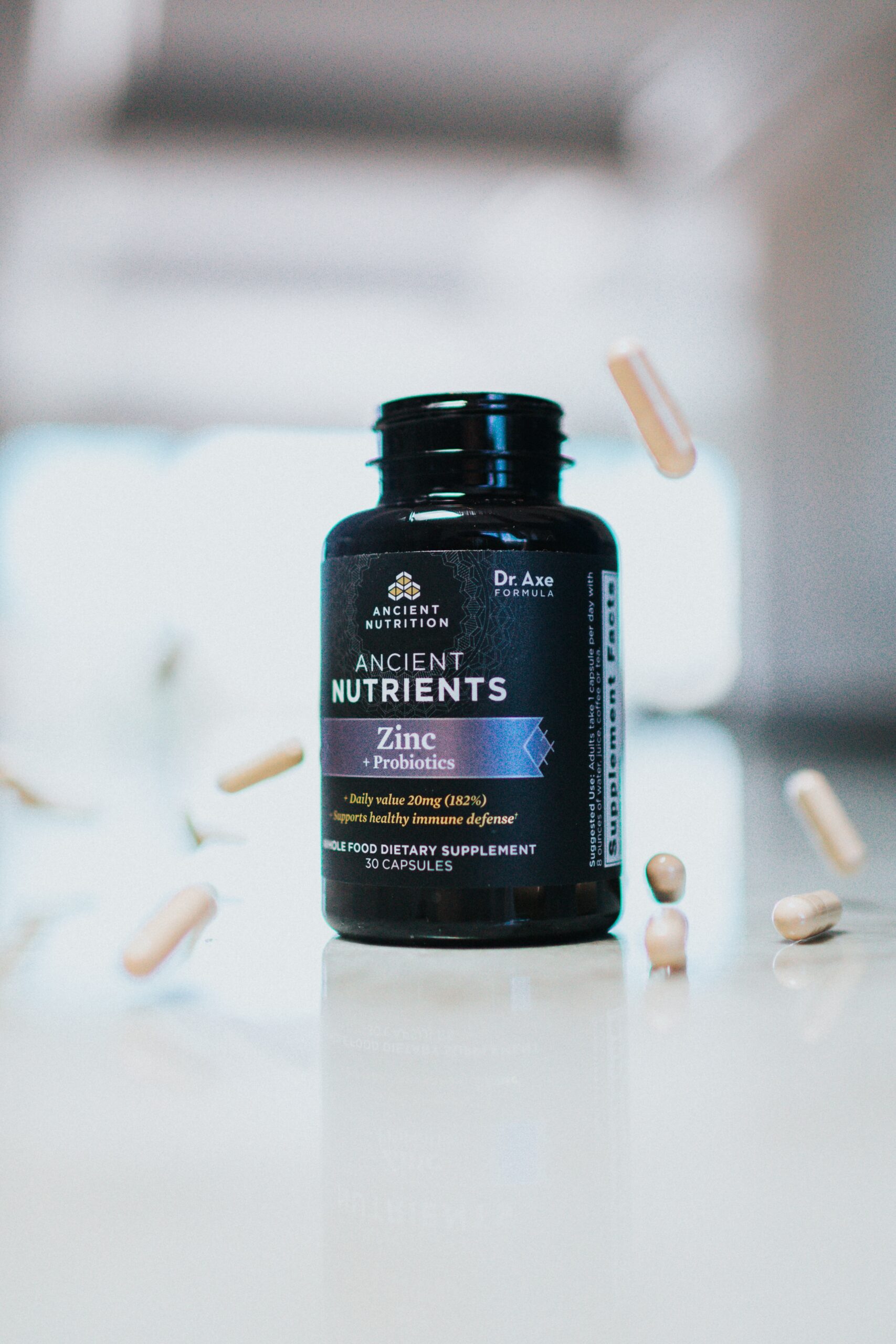


- Overview
- Applications
- Spesifications
Overview
Zinc acetate is the chemical compound with the formula Zn(O2CCH3)2 but more commonly refers to the dihydrate Zn(O2CCH3)2(H2O)2. Both the hydrate and the anhydrous forms are colorless solids that are commonly used in chemical synthesis and as dietary supplements. Zinc acetates are prepared by the action of acetic acid on zinc carbonate or zinc metal.
Basic properties and structures
Like virtually all zinc compounds, this salt consists of Zn2+ ions. The acetate group is capable of binding to metal ions in a variety of ways through its two oxygen atoms and several connectiviites are observed for the various hydrates of zinc acetate. Anhydrous zinc acetate adopts a polymeric structure consisting of zinc coordinated to four oxygen atoms in a tetrahedral environment, each tetrahedron being connected to neighbors by the acetate groups. The acetate ligands are not bidentate. In contrast, most metal diacetates feature metals in octahedral coordination with bidentate acetate groups. In zinc acetate dihydrate the zinc is octahedral, wherein both acetate groups are bidentate.
Basic zinc acetate
Heating Zn(CH3CO2)2 in a vacuum results in loss of acetic anhydride, leaving a residue of “basic zinc acetate,” with the formula Zn4O(CH3CO2)6. This cluster compound has the tetrahedral structure shown below. This species closely resembles the corresponding the analogous beryllium compound, although it is slightly expanded with Zn-O distances ~1.97 vs ~1.63 Å for Be4O(OAc)6.

Applications
Zinc acetate is used as a dietary supplement and in lozenges used to treat the common cold. Zinc acetate alone is thought to be more effective at treating the common cold than zinc gluconate. Zinc acetate can also used to treat zinc deficiencies. As an oral daily supplement it is used to inhibit the body’s absorption of copper as part of the treatment for Wilson’s disease. Zinc acetate is also sold as an astringent in the form of an ointment, a topical lotion; or combined with an antibiotic (erythromycin) for the topical treatment of acne. Industrial applications.
Industrial applications
include wood preserving, manufacturing other zinc salts, polymers, manufacture of ethylene acetate, as a dye mordant, and analytical reagent. Zinc acetate is a precursor via a sol-gel route to the transparent semiconductor zinc oxide.
| PRODUCT IDENTIFICATION | |
| CAS NO | 557-34-6 (Anhydrous); 5970-45-6 (Hydrate) |
| EINECS NO. | 209-170-2 |
| FORMULA | Zn(CH3COO)2·2H2O |
| MOL WT. | 183.48 (Anhydrous); 219.50 (Hydrate) |
| H.S. CODE | 2915.29 |
| TOXICITY | Oral rat: LD50: 2510 mg/kg |
| SYNONYMS | Acetic acid, zinc salt; Acetic acid, zinc(II) salt;Dicarbomethoxyzinc; Zinc Diacetate; |

Spesifications
| PHYSICAL AND CHEMICAL PROPERTIES | |
| PHYSICAL STATE | white granular crystal, astringent taste |
| MELTING POINT | Decomposes (200 C) |
| SPECIFIC GRAVITY | 1.84 |
| SOLUBILITY IN WATER | 43gr/100ml |
| VAPOR DENSITY | 6.3 |
| NFPA RATINGS | Health: 1 Flammability: 0 Reactivity: 0 |
| STABILITY | Losing water of hydration at 100 C |
| SALES SPECIFICATION | |
| USP GRADE | |
| APPEARANCE | white granular crystal |
| CONTENT | 98.0 – 102.0% [Zn(CH3COO)2·2H2O] |
| pH | 6 – 8 (5% sol.) |
| INSOLUBLES | 0.005% max |
| As | 3ppm max |
| Pb | 20ppm max |
| Cl | 0.005% max |
| Fe | 0.001% max |
| SULFATE | 0.01% max |
| TECH GRADE | |
| CONTENT | 98.0% min [Zn(CH3COO)2·2H2O] |
| INSOLUBLES | 0.03% max |
| TRANSPORTATION | |
| PACKING | 25kgs in bag |
| HAZARD CLASS | Not regulated |

